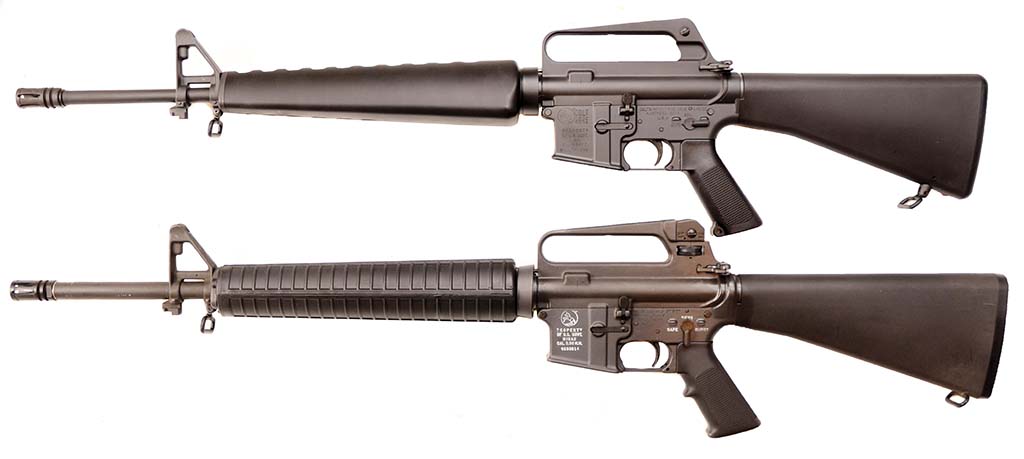Several of you, like me, went through the M-16 development days during the Vietnam era. This three part series highlights many of the development issues and the evolution of various models from the AR-15 to the M-16 to the M4. There are several more detailed articles available but this is a good top level overview series.


 smallarmsreview.com
smallarmsreview.com

 smallarmsreview.com
smallarmsreview.com


Evolution of the M16 Rifle - Part II: The M16A1 - Small Arms Review
By Frank Iannamico
 smallarmsreview.com
smallarmsreview.com

Evolution of the M16 Rifle - Part III: The M16A2 - Small Arms Review
By Frank Iannamico
 smallarmsreview.com
smallarmsreview.com

